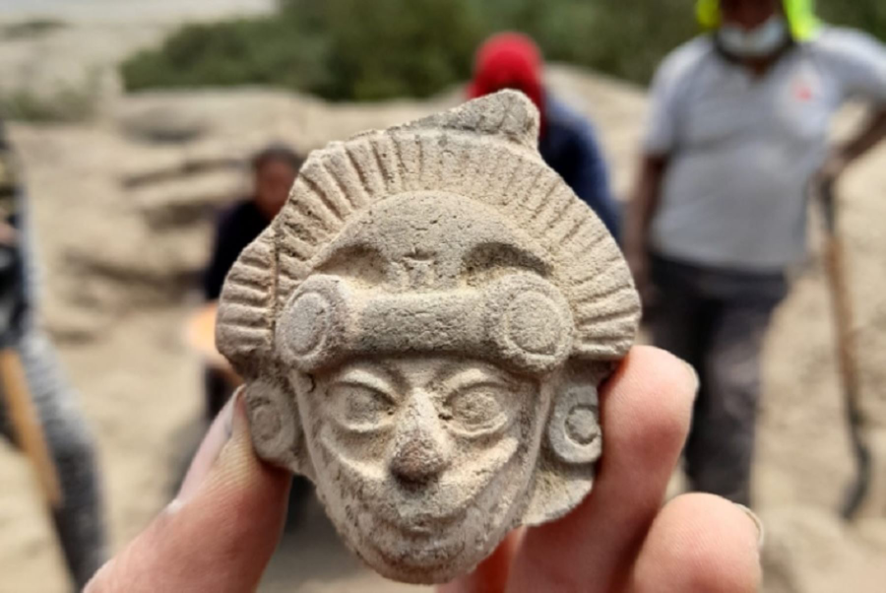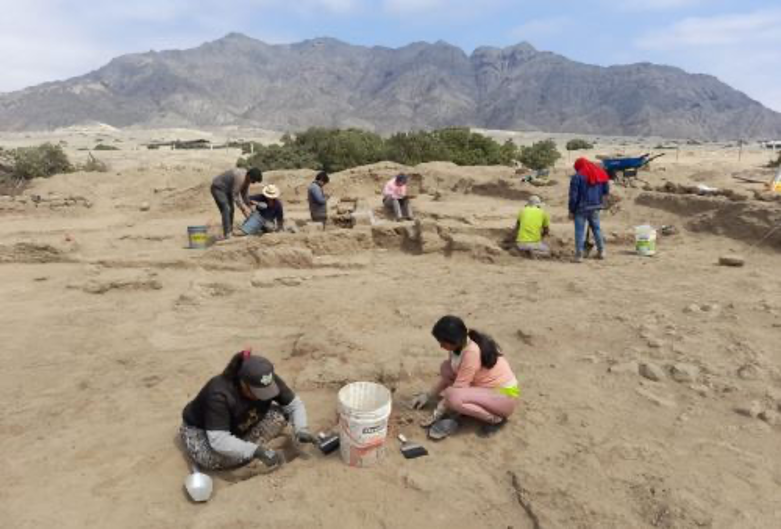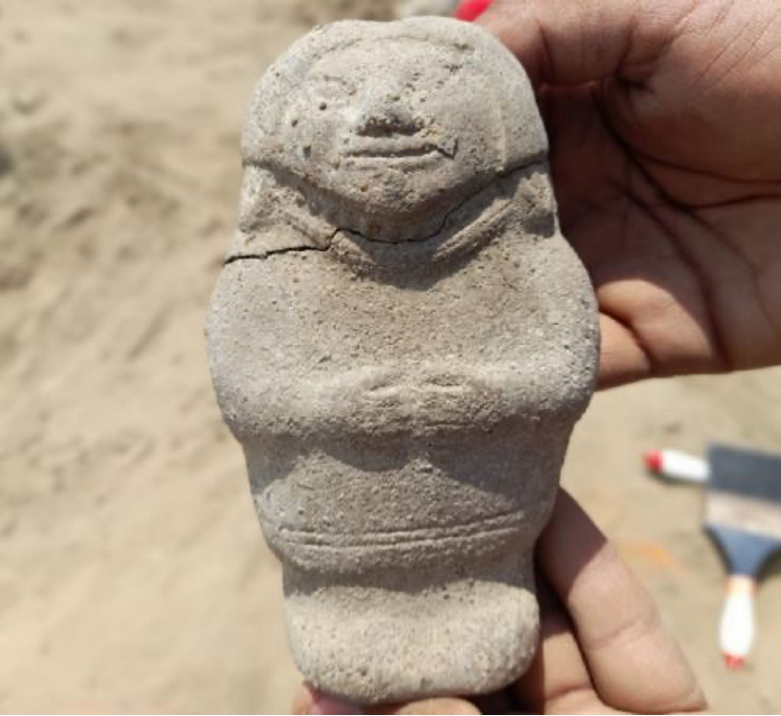
An urban center of artisans specializing in ceramics and goldsmithing at the service of the Mochica elite —located in the Licapa II archaeological site in Chicama Valley of La Libertad region— has been recently discovered by a team of researchers from the Chicama Archaeological Program at San Marcos University (UNMSM).
This information was revealed by archaeologist Henry Tantalean, who runs the Chicama Archaeological Program.

Tantalean stated that this neighborhood or “urban center” covers an area of 3 to 4 square kilometers and is located between Huaca A and Huaca B within the Licapa II archaeological site, in the northern sector of Chicama Valley, which currently belongs to Casa Grande district in the province of Ascope.
Licapa II is a monumental complex attributed to the Mochica Culture, which is less hierarchically important than El Brujo complex located about 10 km from there, and which was initially researched between 2009 and 2012 by U.S. archaeologist Michele Koons, who carried out some excavations.
Nine years later, in 2021, the Chicama Archaeological Program conducted new explorations at the Licapa II archaeological site, between Huaca A and Huaca B, where archaeologist Koons had found signs of the existence of a residential area.
“We carried out two small two-by-two-meter excavations to get an idea of the depth and power of the archaeological site,” Tantalean commented.
Discovery of artisan neighborhood
In early September this year, when they returned to the area to continue the research, following in the footsteps of Koons, San Marcos archaeologists excavated larger spaces with dimensions of 16m by 16m.

The archaeologists discovered evidence of houses built of adobe, as well as hundreds of remains of pottery, goldsmithing tools and pieces, traces of the smelting of metals such as copper, crop seeds, and other vestiges that reveal the existence of a well-planned urban center of Moche artisans.
“They are probably artisans of the Mochica elite, who —in addition to ceramics— produced goldsmithing pieces, given the thought-to-be metallurgical furnaces found during the excavations,” Tantalean remarked.

He also mentioned that said urban center is believed to have been established 600 to 800 years after Christ, when the Moche cultural development took off.